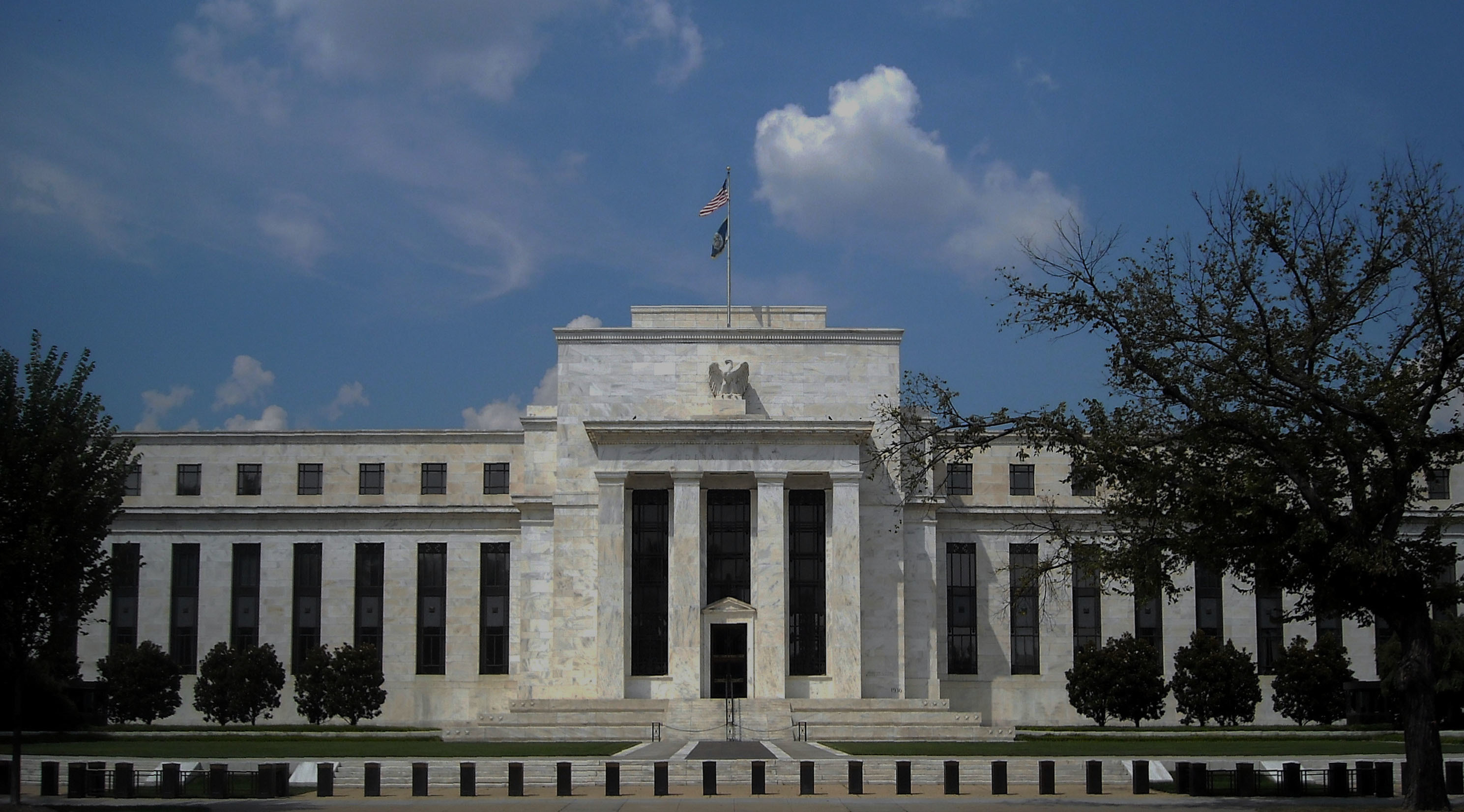The central bank today is not just the government’s bank, but also a bankers’ bank, a truly hybrid institution
From time to time, someone asks me about the connection between the “money view”, which I profess in my online course “Economics of Money and Banking”, and so-called “Modern Money Theory,” which has been put forward as a heterodox post-Keynesian alternative to standard macroeconomic theory. More generally, one could ask about the connection between the money view and standard macroeconomic theory, or even the connection between the money view and Keynes himself. This paper addresses all three questions, in reverse order, by translating the classic 19th century analysis of “flux and reflux” into the money view language of balance sheet expansion and contraction, and then by reading Keynes (1937), Tobin (1963), and Wray (1998) successively through that common analytical lens.
A central theme of the paper is that the Gurley and Shaw (1960) distinction between “outside” government money and “inside” private money has misled both Keynesians and (some) post-Keynesians by obscuring the similarities between the two money forms. Tobin (1963) for example makes a sharp distinction between “printing press money” and “fountain pen money”, and Wray (1998) does the same. From a money view perspective, however, both are forms of credit money but at different levels of the system.
Further, the post-war economists’ practice of focusing attention on equilibrium configurations, specifically portfolio equilibrium configurations, has shifted understanding of banking (and central banking) from credit creation to mere financial intermediation, from which point of view the “specialness” of banks is hard to see. From a money view perspective, however, intraday expansion and contraction of bank balance sheets is key to the operation of the payments system, and the ability to make loans by creating new means of payment is special to banks (and central banks). Newly created credit involves temporary disequilibrium until the new credit finds a permanent home, possibly outside the banking system, in some new funding equilibrium. In this way, what Keynes (1937) called “the revolving fund of liquid finance” is restored. So, not only flux but also reflux, not only credit creation ex ante but also financial intermediation ex post.
The material origin of both of these analytical shifts, and of the blind spots they created for our attempts to think about money, appears to be the World War II experience of war finance, when the US government took control of the apparatus of money and credit and used it to reorient economic activity toward war production. Post-war economic debate can be understood as being concerned with how best to use this tremendous resource in peace time. Just so, Tobin (1963) can be understood as urging the use of the monetary apparatus to support countercyclical fiscal policy. And Wray (1998) can be understood as urging the use of the same apparatus to direct the social allocation of credit. Both men are concerned to shift attention from the “old view” of bank agency to a “new view” of central bank and Treasury agency, urging an enlarged role for government in peace time as well as war time.
Notwithstanding Tobin and Wray, the central bank today is not just the government’s bank, but also a bankers’ bank, a truly hybrid institution, just as our larger credit system is also essentially hybrid, part public and part private. Management of that hybridity is arguably among the biggest political economic challenges facing us today, one of the consequences of the Global Financial Crisis of 2007-2009 and of the role of central banks in fighting that crisis by expanding their balance sheets. Managing hybridity however requires first of all recognizing its existence. We do better when we recognize the credit character of both private and public money, the credit creation agency of both banks and central banks, and the channels of reflux that in both cases put limits on that agency.
Gurley, John and Edward S. Shaw. 1960. Money in a Theory of Finance. Washington, DC: Brookings Institution.
Keynes, J. Maynard. 1937. “The ‘Ex-Ante’ Theory of the Rate of Interest.” Economic Journal 47 No. 188 (December): 663-339.
Tobin, James. 1963. “Commercial Banks as Creators of Credit.” Pages 408-419 in Deane Carson, ed. Banking and Monetary Studies. Homewood, Ill.: Richard D. Irwin.
Wray, L. Randall. 1998. Understanding Modern Money: The Key to Full Employment and Price Stability. Northampton, MA: Edward Elgar.






